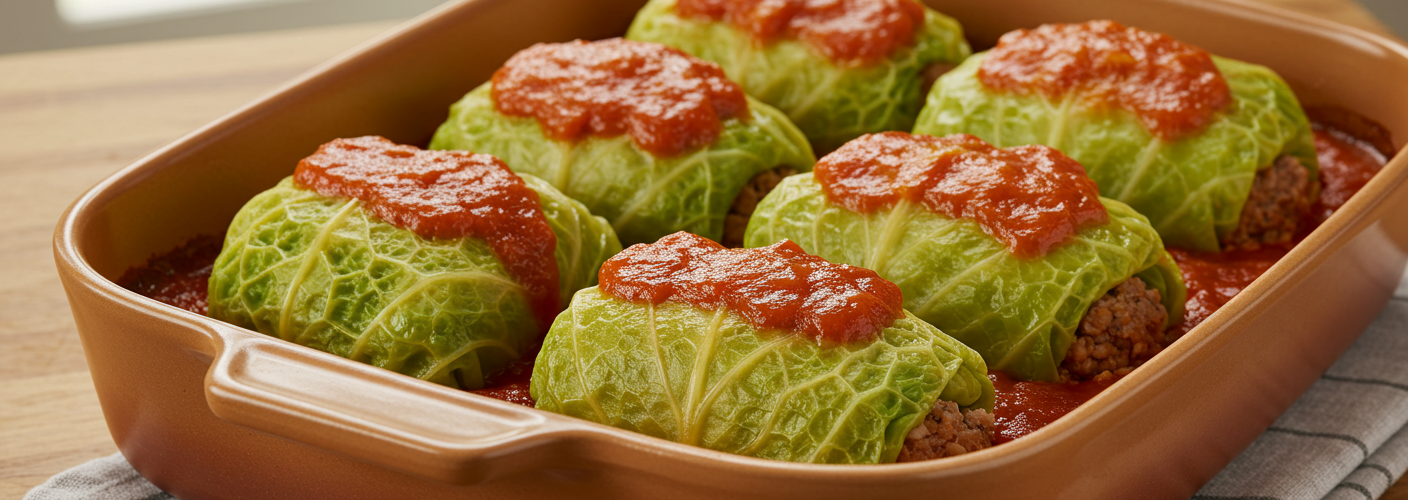When it comes to comfort food, few dishes encapsulate warmth and heartiness as well as stuffed cabbage. This classic dish, often steeped in family tradition, consists of tender, cooked cabbage leaves lovingly wrapped around a flavorful meat filling. While recipes and ingredients can vary across cultures, the essence of stuffed cabbage remains the same—a nourishing meal that invites everyone to the table.
The Origins of Stuffed Cabbage
Stuffed cabbage has a rich history, with variations appearing in cuisines around the world. From the Polish “gołąbki” to the Middle Eastern “dolma,” cultures have put their unique spin on this dish for centuries. The basic concept has remained unchanged: utilizing cabbage as a vessel to encase a delicious mixture of meat and spices. Cabbage is not only nutritious but also serves as an excellent wrapping that holds in moisture, infusing the filling with delightful flavors as it cooks.
The Basics of Preparation
Making stuffed cabbage may seem daunting at first, but with a bit of patience, the results are incredibly rewarding. Start by boiling large cabbage heads until the leaves are tender enough to be separated. This crucial step ensures that the leaves remain pliable, ready to embrace the savory filling.
For the meat mixture, ground beef, pork, or a combination is often used, seasoned generously with herbs and spices such as garlic, onion, and paprika. Some recipes also incorporate cooked rice or grains for added texture and heartiness. It’s important to balance the ratio of meat to filler to ensure that the filling is both flavorful and satisfying.
Once the filling is mixed, it’s time for the fun part—assembling the cabbage rolls. Take a cabbage leaf, layer a spoonful of meat mixture near the base, and roll it tightly while tucking in the sides to secure the filling. Place the rolls seam-side down in a baking dish and cover them with a rich tomato sauce, broth, or a savory mixture of both. This adds an extra layer of flavor and moisture while the rolls bake.
The Cooking Process
Baking stuffed cabbage is a labor of love. The rolls are typically baked in a preheated oven at moderate temperatures for an hour or more, allowing all the flavors to meld beautifully. For a more complex taste, some people prefer to simmer them on the stovetop, which can create a delightful aroma that fills the home.
Serving and Enjoying
To serve stuffed cabbage, plate them carefully, ensuring that the sauce is evenly distributed over the rolls. They are often accompanied by crusty bread, mashed potatoes, or a fresh salad, making a well-rounded meal that can feed a crowd. The dish is not only visually appealing but also offers a symphony of flavors and textures—each bite a reminder of home-cooked comfort.
Conclusion
Stuffed cabbage is more than just a meal; it’s a tradition that has been passed down through generations. Whether enjoyed at a family gathering or made as a cozy weekday dinner, this dish brings people together. Its ability to adapt to different tastes and preferences makes it a versatile favorite, ensuring that each version is as unique as the family that prepares it. So, the next time you find yourself looking for a comforting dish, consider elbowing up to the stove and wrapping up some stuffed cabbage—a delightful experience awaits.




Add comment